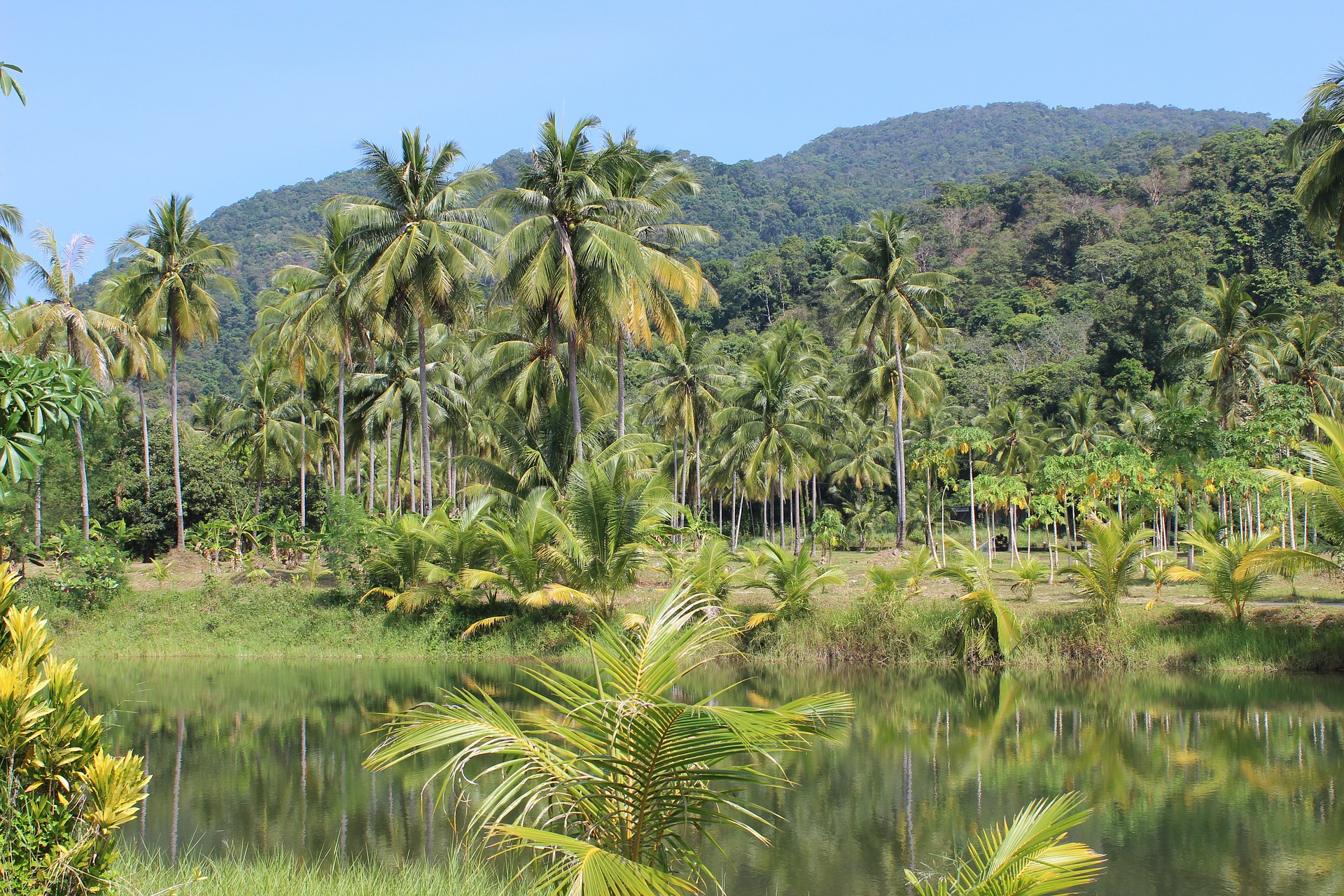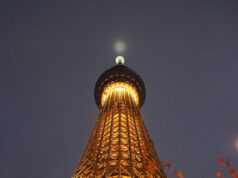The Amazon rainforest is a true work of nature. Being the world’s largest rainforest, this ecological marvel is home to some of the world’s most bio-diverse ecosystems. From flora and fauna to the exotic wildlife as well as the robust environment that has maintained its natural identity throughout time; the Amazon rainforest would definitely intrigue the interest of adventure enthusiasts looking for an ultimate experience in exploration. We take a look at some of the most amazing facts about the Amazon rainforest:
1. It is the world’s largest forest
Having the largest presence in Brazil and Peru, the Amazon rainforest comes in at number 1 when it comes to size comparisons. Spanning over 2.1 million through the South American continent, the Amazon rainforest spreads its diversity through eight countries which are, Colombia, Guyana, Brazil, Bolivia, Ecuador, Peru, Venezuela and Suriname. Some countries like Peru have large Amazonian coverage with the rainforest covering about 60% of the country.
2. 20% of the world’s river water
With about 15,000 tributaries flowing into its river, the Amazon rainforest boasts of having up to 20% of the world’s volume of river water. Considering the Amazon has coverage through eight countries, several sources feed the Ucayali-Apurimac river system, which is Amazon’s primary river source. The Peruvian Andes, which is home to an 18,358-foot volcanic mountain, is home to Nevado Mismi whose snow melts down to flow into the Ucayali-Apurimac river system.
3. The rainforest is home to over 30 million species
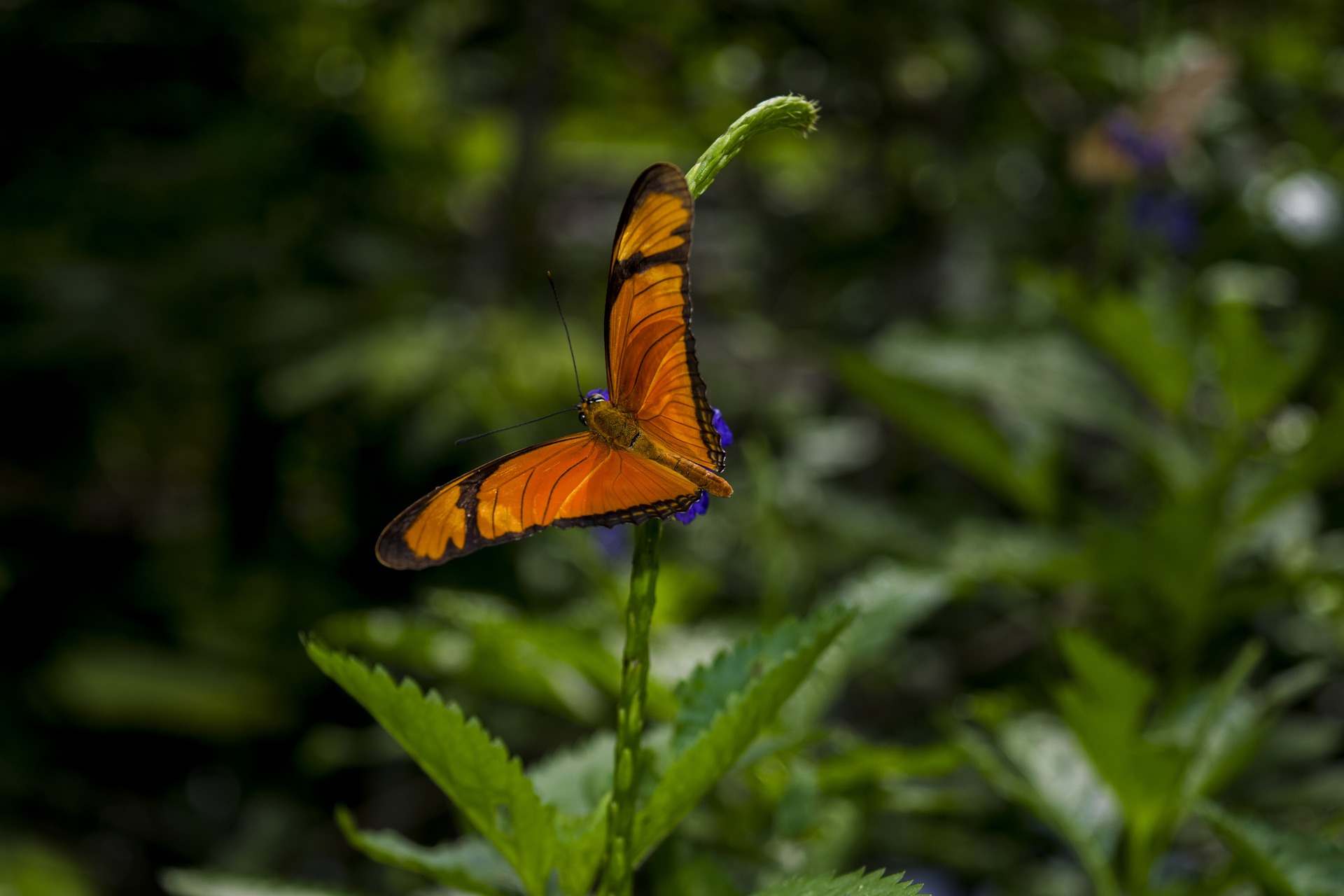
As an undisputed testament of its ecological diversity, the Amazon River basin is home to over 30 million different species with thousands more being discovered annually. Breaking it down a little bit further, a single acre within the Amazon is estimated to contain over 70,000 species of insects. A single tree can contain over 500 different species of insects as was evident when scientists discovered over 700 beetle species residing on a single tree. An exploratory expedition through the Amazon will, therefore, offer limitless adventurous discoveries.
4. An indigenous tribe sanctuary
With Brazil being home to the largest population of indigenous people across the world, the Amazon rainforest has throughout their time provided everything indigenous people require to sustain their ways of livelihoods. An estimated 90,000 indigenous people are spread across 690 different government recognized territories of which close to 98% of them found within the Amazon basin. Some of these indigenous tribes, especially those situated in the most remote locations of the Amazon, are uncontacted and remain uninfluenced with outside civilization.
5. The Jaguar’s last stand
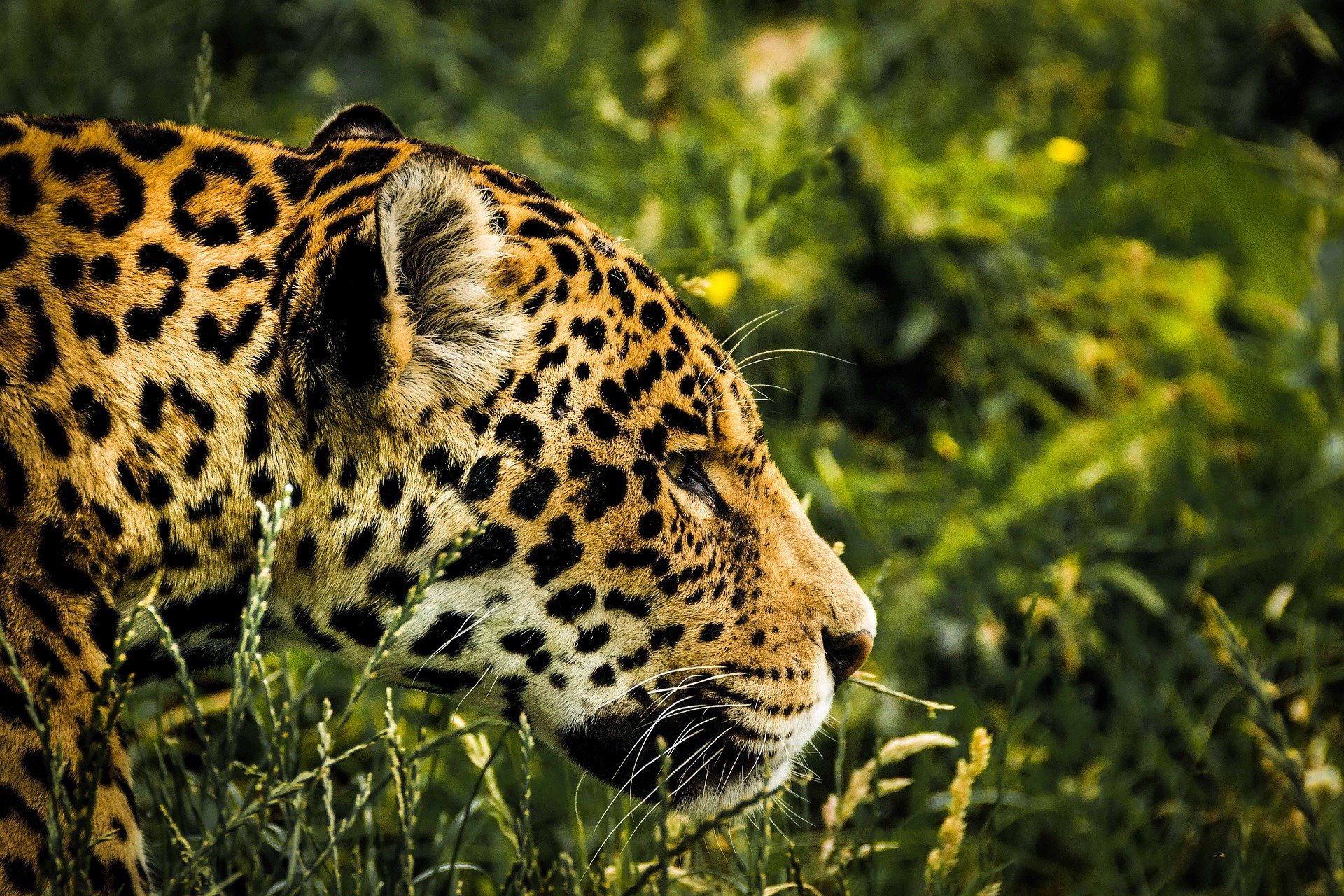
Owing to unfortunate vices such as wide deforestation and rampant poaching, a lot of species in the Amazon are at risk of imminent extinction. The Jaguar is one among the animals threatened with extinction as their numbers continue to plummet across the world. This member of the big cat family, however, has some hope of survival in the Amazon rainforest with approximately 6,000 individual jaguars roaming free protected by governments who have policies and laws in place to curb illegal hunting.
6. There are over 40,000 plant species found in the Amazon basin
While there is a drastic difference in the numbers between the plant and animal species, plant species are nevertheless impressive in their numbers. With over 40,000 species of plants in the Amazon basin, biodiversity is always at its peak within this rainforest. Thousands of species of flowering plants, as well as hundreds of species of ferns and the dense canopy, make it extremely difficult for sunlight to penetrate through and reach the floor of the Amazon. It is from these different plant species that indigenous tribes within the Amazon derive their medicinal remedies for various ailments.
7. The Atlantic Ocean is a major beneficiary of Amazonian waters

Considering the Amazon rainforest contains an estimated 20% of the entire world’s water volume, it is no surprise that it continuously feeds the Atlantic Ocean with colossal volumes of water by the second. Owing to an average of 2.75 meters of precipitation each year and a rainy season from mid-December to mid-May that raises river water levels from 30-feet up to 45-feet, up to 7.4 million cubic feet of water is released to the Atlantic Ocean during the relatively dry season while up to 11 million cubic feet of water is released to the ocean during the wet season.
8. The Amazon basin covers up to 40% of the South American continent
Considering the Amazon basin spans its presence through 8 countries in South America including Peru, Brazil, Colombia, Suriname, Venezuela, Guyana, Ecuador and Suriname, it is no surprise that the Amazon basin covers an estimated 40% of the entire South American continent. The Amazon River, along with its tributaries, makes up for a large part of the rainforest and extends their reach through estimated 2.8 million square miles across the eight countries.
9. Up to 70% of South America’s GDP depends on the Amazon
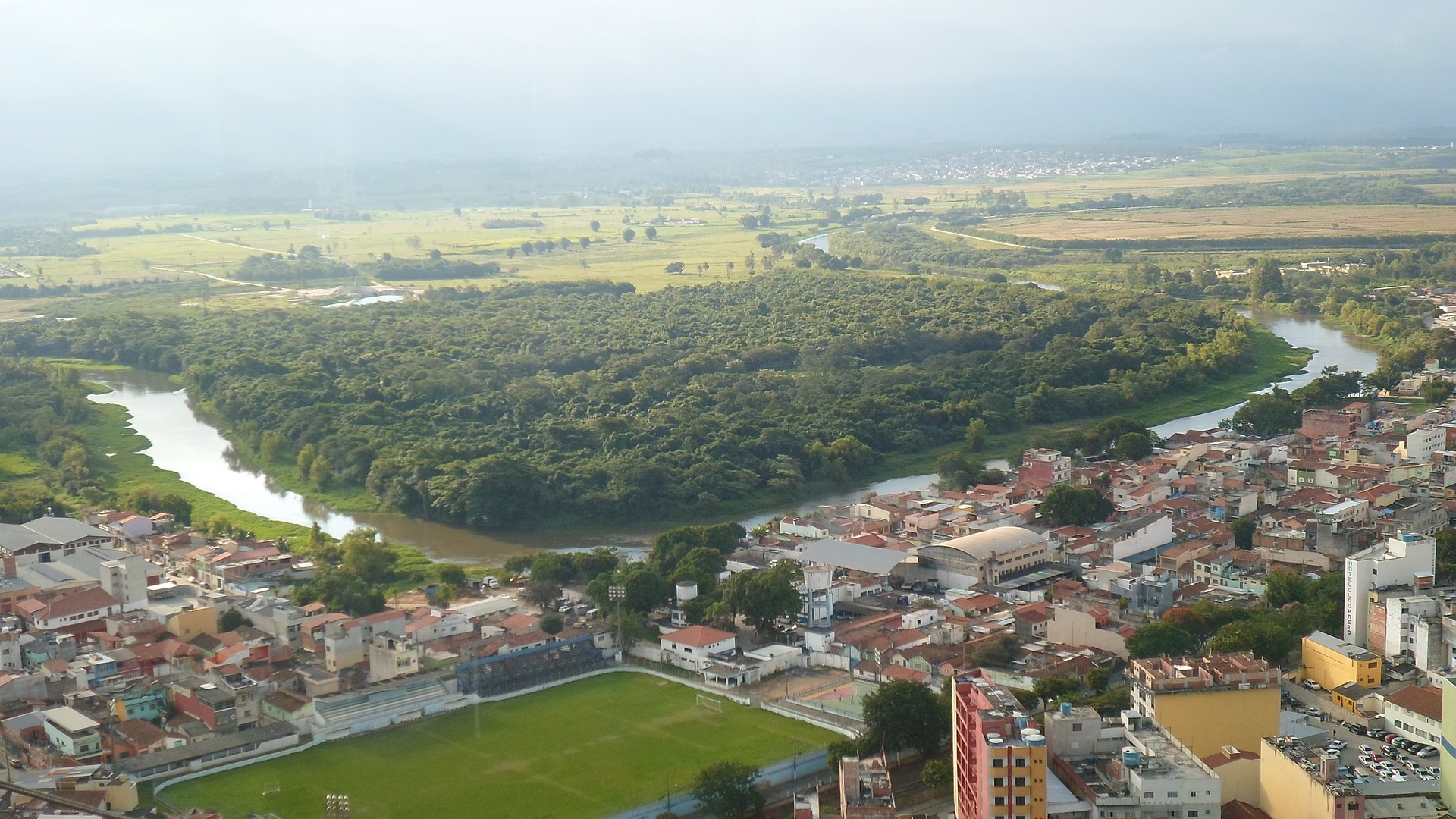
The Amazon rainforest has an impactful influence on the weather patterns across the entire South American continent extending to some parts of North America, including the United States of America. It is because of this influence that the Amazon rainforest directly influences an estimated 70% of South America’s GDP. It would, therefore, be of drastic consequence if the Amazon rainforest ceased to exist or continues to deplete.
10. The Amazon River changed its course
Natural occurrences are known to remain constant throughout existence and are only manipulated by significant variations in the environment around them. The Amazon River is an example of what it would take to alter the course of a natural occurrence. Before the emergence of the Andes, the Amazon River naturally flowed to the West of the Amazon. The Andes, however, altered this course directing the river towards the Atlantic Ocean. The Amazon River has inevitably taken a new direction towards the East and into the Atlantic Ocean.
11. There are an estimated 390 billion individual trees in the Amazon
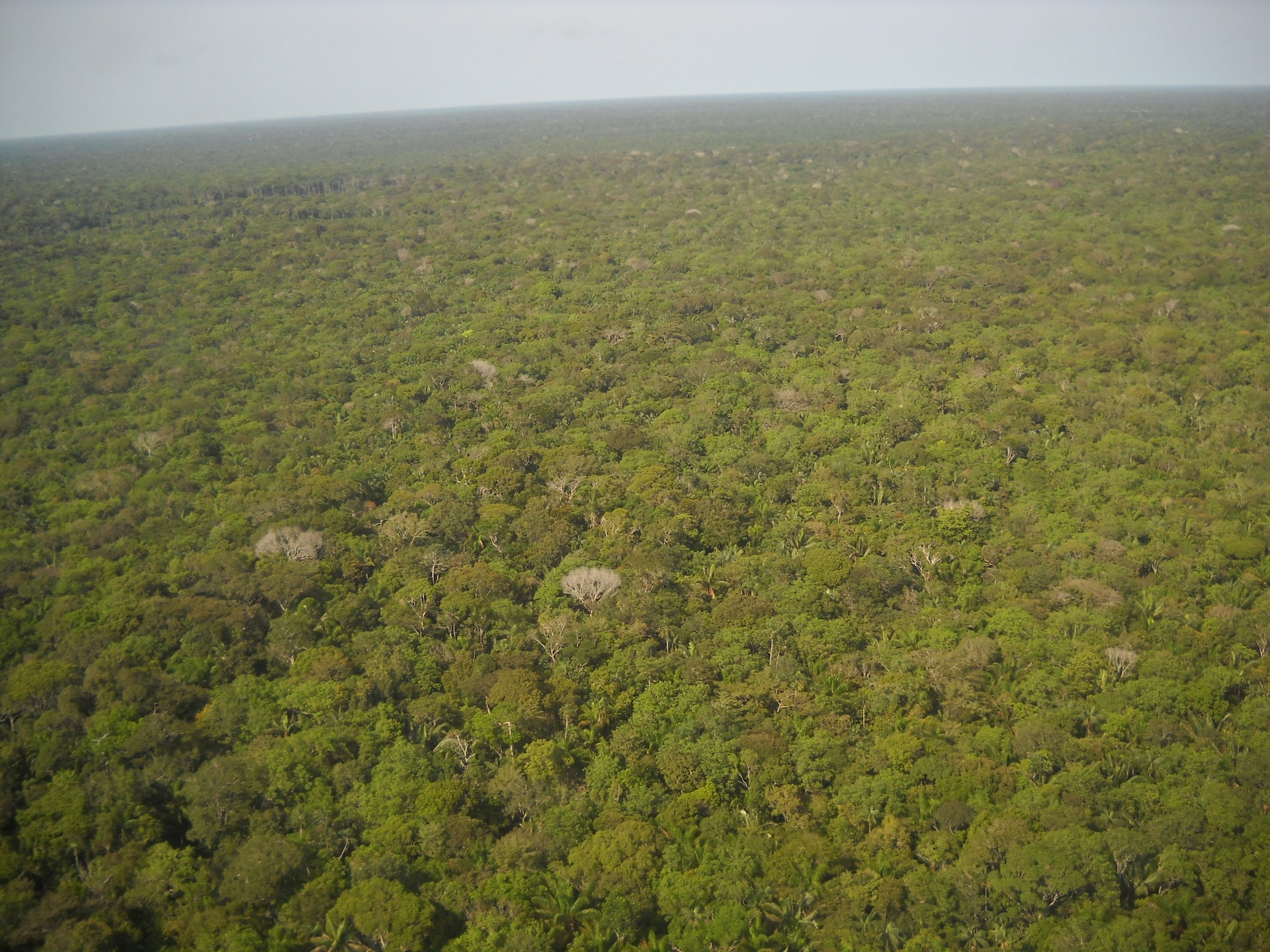
While it may be impractical to do a physical count on each of the trees in the Amazon, scientists and statistical experts have put the number of individual trees in the Amazon at roughly 390 billion based on intricate calculations and estimations. This number consists of over 16,000 tree species that can uniquely be identified using their characteristics.





























